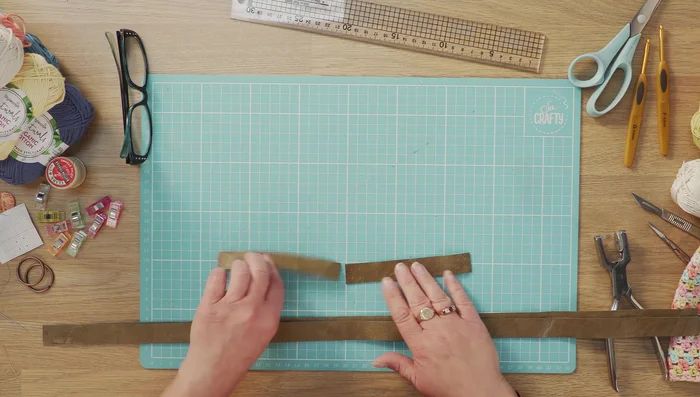Crochet is a versatile craft, allowing you to create unique and stylish items for yourself or as thoughtful gifts. One particularly trendy and functional project is the slouch bag – a relaxed, roomy tote perfect for everyday use. Forget the generic, mass-produced bags; this guide will empower you to create your own personalized crochet slouch bag, tailored to your exact preferences in color, size, and embellishments. You’ll be surprised how simple it is to craft this chic and practical accessory.
This step-by-step guide will walk you through the entire process, from choosing your yarn and hook to mastering the basic crochet stitches needed for construction and finishing. Whether you’re a seasoned crocheter or a curious beginner ready to tackle a new challenge, prepare to be delighted with the results as you learn to create your very own stylish, handmade crochet slouch bag. Let's get started!
Preparation and Safety Guidelines
- crochet hook
- yarn (approx. 200 grams)
- leather (upholstery leather recommended)
- scissors or craft knife
- strong button thread
- leather punch (optional)
- needle
- sewing clips or paper clips
- template (optional)
- Use sharp scissors carefully to avoid accidental cuts. Keep them away from children.
- Always secure loose ends of yarn to prevent tangling and ensure a neat finished product.
- If using a crochet hook that feels uncomfortable or too small/large for your yarn, switch to a more appropriate size to prevent hand strain and ensure even stitches.
Step-by-Step Instructions
Prepare Leather Pieces
- Prepare the leather straps and inner pieces. Cut your leather to your desired length and width. Mark out stitch holes before punching to avoid tearing.

Prepare Leather Pieces Punch and Shape Leather
- Punch holes using a leather punch or needle tool. Round off the ends of the straps using a penny or similar sized object as a template, tracing around it with a craft knife then trimming with scissors.

Punch and Shape Leather Position Straps
- Position the inner piece (swayed side up) and strap (swayed side down), overlapping them. Decide how high you want the straps on your bag.

Position Straps Attach First Strap
- Sew the straps onto the bag. Start sewing into your inner strap a couple of times to secure the thread. Place the strap inside the bag, and sew through a stitch, avoiding sewing through a hole. Use a cross pattern (diagonal on the outside, side to side on the inside). Secure each strap by stitching through it at least three times.

Attach First Strap Finish First Strap
- Fasten off the thread on the inside with half hitches. Trim off excess thread.

Finish First Strap Add Split Rings (Optional)
- Add split rings (optional) for keys or purse attachment before attaching the second strap.

Add Split Rings (Optional) Attach Second Strap
- Secure the second strap in the same way as the first, ensuring the straps are symmetrical. Using sewing clips or paper clips helps ensure perfect positioning.

Attach Second Strap
Read more: Easy Color Block Crochet Blanket Tutorial for Beginners
Tips
- Use a template (e.g., graph paper) to help mark stitch holes accurately for the straps.
- Don't make the punched holes too big to avoid splitting the leather.
- Be careful when using a craft knife to round the ends of the straps to avoid cutting yourself.
- Stitch through the straps multiple times to ensure they are securely attached.
- Use sewing clips or paper clips to hold the second strap in place to ensure symmetry.






